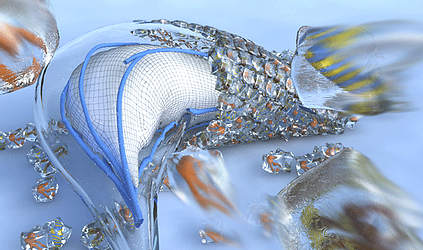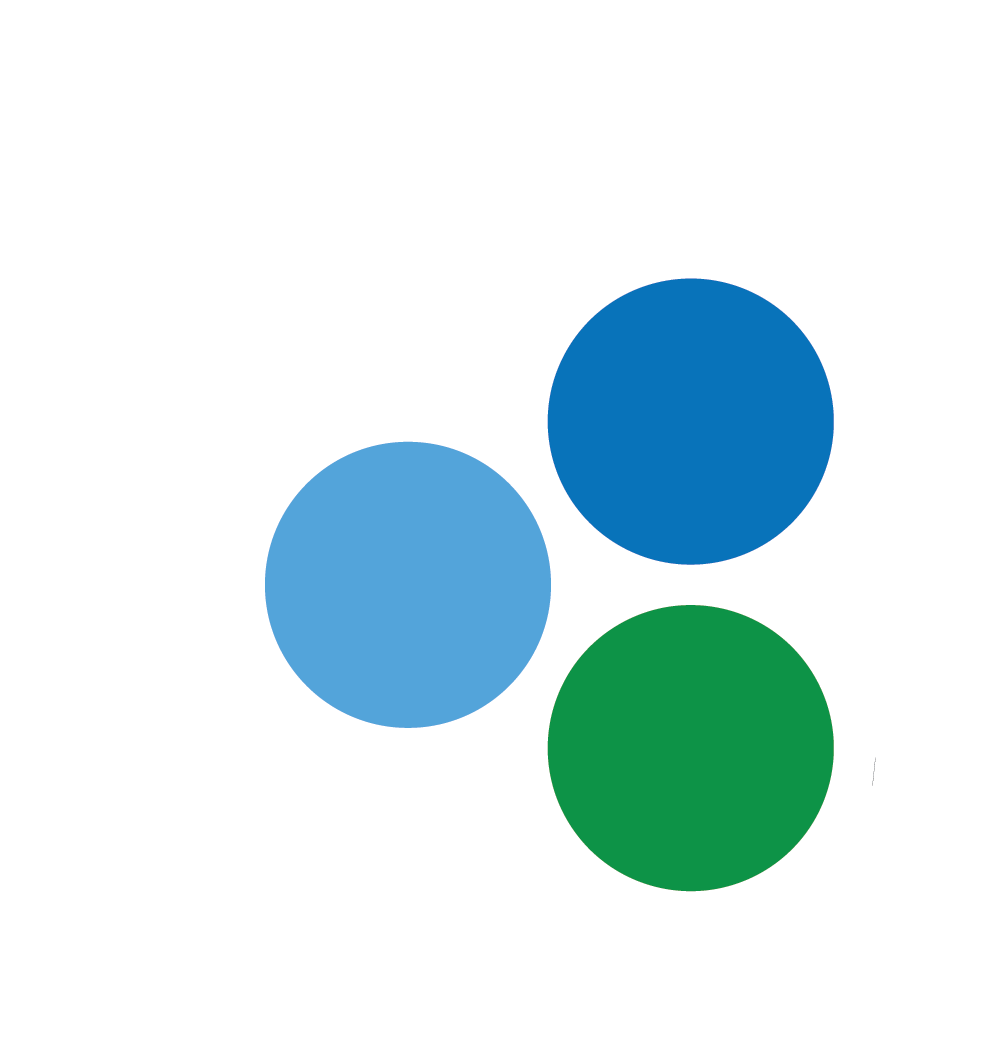
We are interested in the self organization processes which enable biology to form all the fascinating structures and functions, life depends on. Thereby, we concentrate on two major aspects: (i) the micro-mechanical and (ii) out of equilibrium properties of living systems.
One of our main focus is to reconstitute functional modules mimicking life-like properties. On that score we are interested in collective cell interactions in epithelial cell layers, as occurring in organoid formation. Therefore we develop novel optical and micromechanical tools to quantify the underlying physical mechanisms. Simultaneously we plan to rebuild this complexity by a bottom up approach, starting from the interaction of individual cells with each other in the extracellular matrix.
On a smaller length scale we aim for understanding the complexity of cytoskeletal dynamics and complex pattern formation, which enables cells to fulfill all the diverse tasks they are facing. Not only stability and rigidity are required to withstand mechanical forces, also flexible shape changes are needed by cellular processes like cell division. Moreover cells need to generate forces via transmembrane proteins on their surrounding during migration processes, as occurring in developmental processes as wound healing or metastasis formation. A major open challenge is, to understand how the interaction of this highly out of equilibrium system with fluidity of lipid membranes enables the morphological changes found in cellular systems.
Bringing together the insights won in model systems we aim to understand the role of mechanical forces in real biological tissues. These are especially important for tissues underlying repetitive mechanical stresses, such as the tendon bone interface or the extracellular matrix during organogenesis. Combining a full width of available technologies, we currently focus on the force transduction mechanisms and the secrets of the stability of the tendon bone interface and common ECM hydrogels.
References
-
F. P. Hutterer, B. Buchmann, L. Engelbrecht and A. R. Bausch (2022), Collective Cell Migration During Human Mammary Gland Organoid Morphogenesis, Biophysics Reviews, 3: 041401
-
S. Randriamanantsoa, A. Papargyriou, C. Maurer, K. Peschke, M. Schuster, G. Zecchin, K. Steiger, R. Öllinger, D. Saur, C. Scheel, R. Rad, E. Hannezo, M. Reichert, A.R. Bausch (2022), Spatiotemporal dynamics of self-organized branching in pancreas-derived organoids, Nature Communications, 13:5219
-
A. Sciortino, L. Neumann, T. Krüger, I. Maryshev, T. Teshima, B. Wolfrum, E. Frey and A. R. Bausch (2023), Global polarity and chirality control of an active fluid by a passive nematic material, Nature Materials, 22, 260–268.

